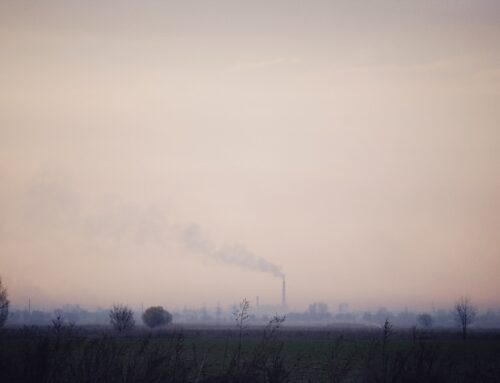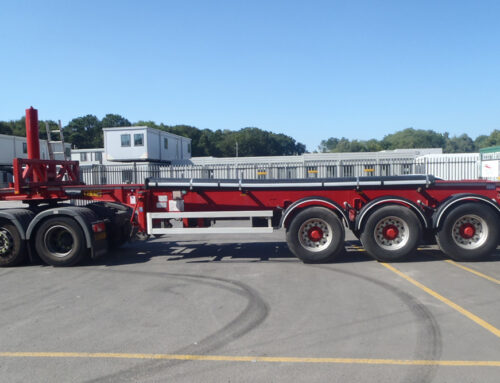Choosing the right tanker for your dry bulk business is an important decision that can impact the efficiency, safety, and profitability of your operations. There are several different types of tankers available, each with their own unique features and applications.
Types of Dry Bulk Tankers
Pneumatic Tankers
Pneumatic tankers are designed to transport dry bulk materials such as cement, sand, and flour. These tankers use compressed air to move the materials through a series of tubes into the tank. They are ideal for businesses that need to transport large volumes of dry bulk materials quickly and efficiently. Pneumatic tankers are also versatile and can be used for both short and long-distance hauls.
Vacuum Tankers
Vacuum tankers are designed to transport liquid and semi-solid materials such as sewage, sludge, and hazardous waste. These tankers use suction to pull the materials into the tank, which is then transported to a designated location. They are ideal for businesses that need to transport waste materials from one location to another safely and efficiently.
Flatbed Tankers
Flatbed tankers are designed to transport large and bulky items that cannot fit inside a traditional tanker truck. These tankers have a flatbed that can accommodate items such as machinery, construction materials, and oversized cargo. Flatbed tankers are ideal for businesses that need to transport large and heavy items over long distances.
Refrigerated Tankers
Refrigerated tankers are designed to transport perishable goods such as food, pharmaceuticals, and chemicals. These tankers are equipped with a refrigeration unit that can maintain a specific temperature inside the tank, ensuring that the goods remain fresh and intact during transport. They are ideal for businesses that need to transport perishable goods over long distances.
Choosing The Right Tanker For Dry Bulk
When choosing the right tanker for your dry bulk business, there are several factors that you need to consider.
Cargo Type
The type of cargo that you need to transport will determine your choice of tanker, ensuring that the cargo is transported safely and complies with any regulations which are relevant.
If you need to transport dry bulk materials, a pneumatic tanker would be the best option.
If you need to transport liquid or semi-solid materials, a vacuum tanker would be the best option. If you need to transport perishable goods, a refrigerated tanker would be the best option.
Tanker Capacity
The capacity of the tanker can vary greatly, meaning when purchasing a tanker you will need to consider that it can accommodate the volume of cargo that you need to transport.
It is important to choose a tanker that has enough capacity to ensure that you do not have to make multiple trips, which can be costly and time-consuming.
Distance
The distance that you need to transport the cargo is also an important consideration. If you need to transport cargo over long distances (long haul), you need to choose a tanker that is designed for long hauls. If you need to transport cargo over short distances, you can choose a tanker that is designed for short hauls.
Safety Features
Safety is a top priority when it comes to transporting cargo. Businesses need to choose a tanker that has safety features such as anti-lock brakes, backup cameras, and emergency brakes. These features will help to ensure that your employees who are driving your tanker and the cargo remain safe during transport.
Cost
Cost is also an important consideration and you will need to choose a tanker that is within your budget. To ensure safety and reliability, you should not compromise on quality to save money. It is important to choose a tanker that is both affordable and meets your business needs.
Choosing the right tanker for your dry bulk business requires careful consideration of several factors such as cargo type, capacity, distance, safety features, and cost. By taking the time to evaluate your requirements, you can ensure that you make a purchase decision that will fulfil all of your transportation needs.







